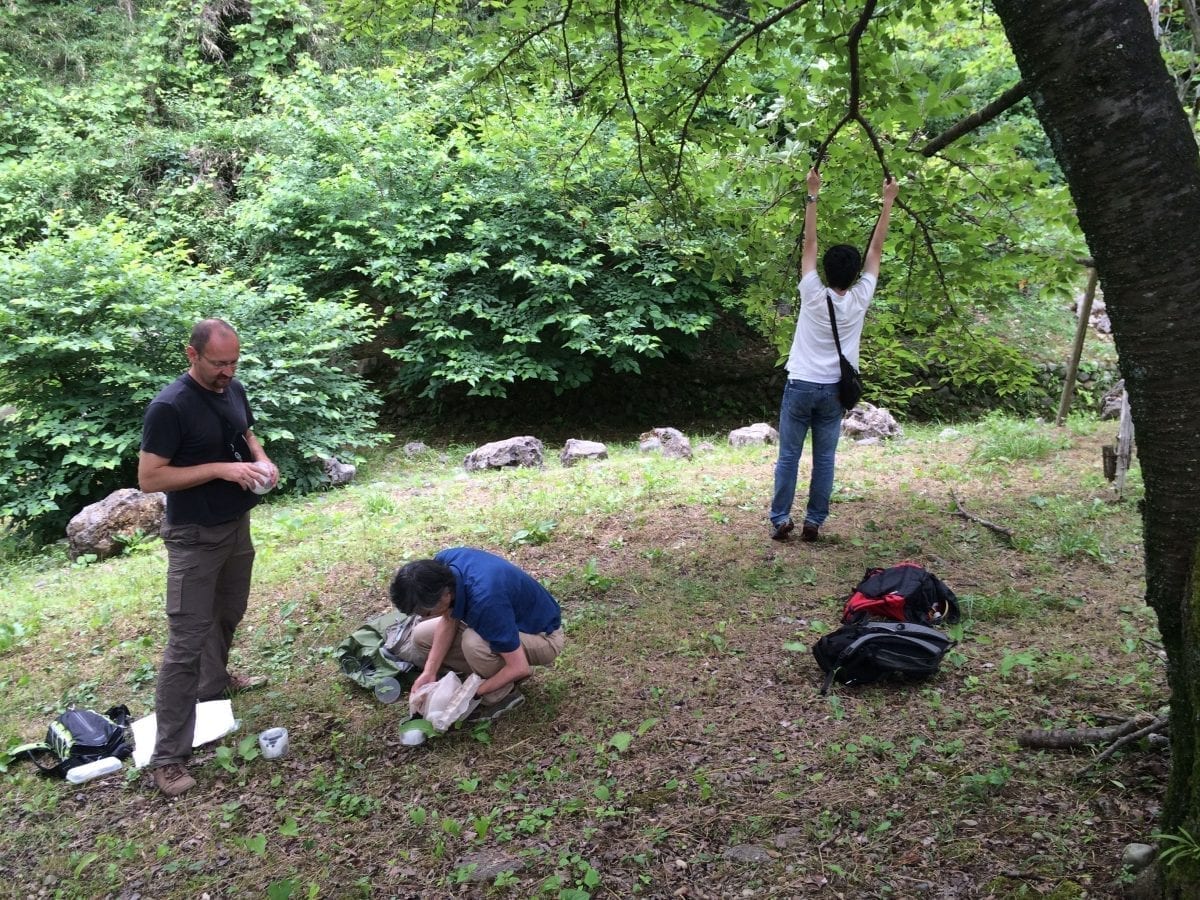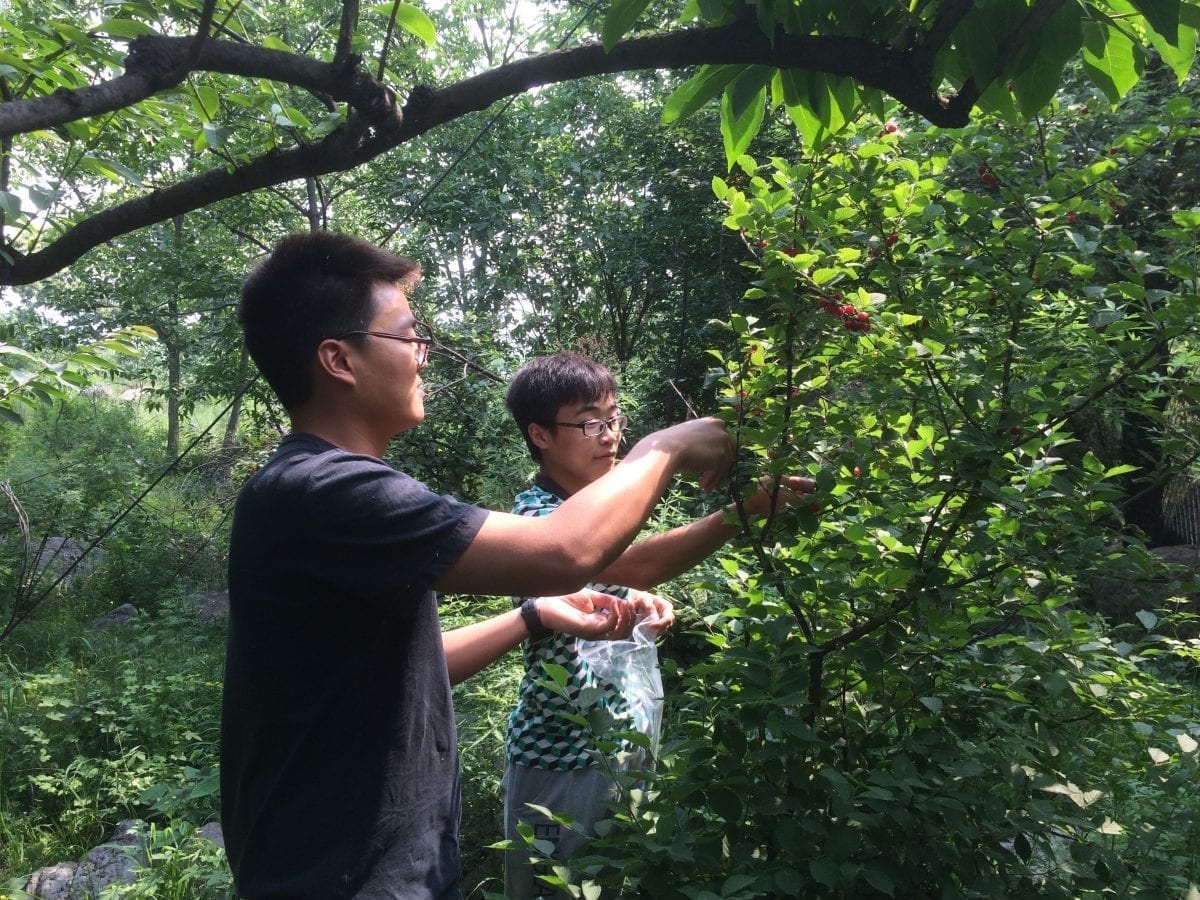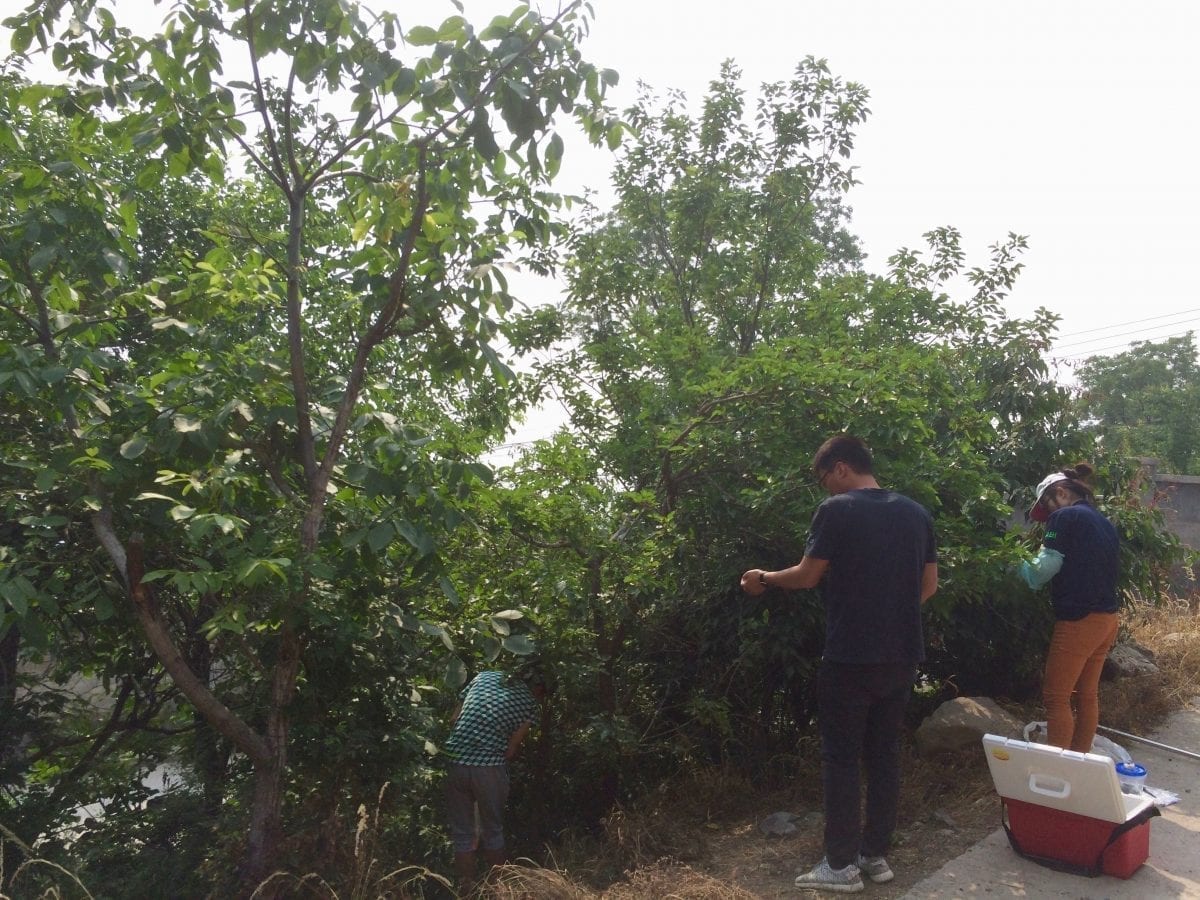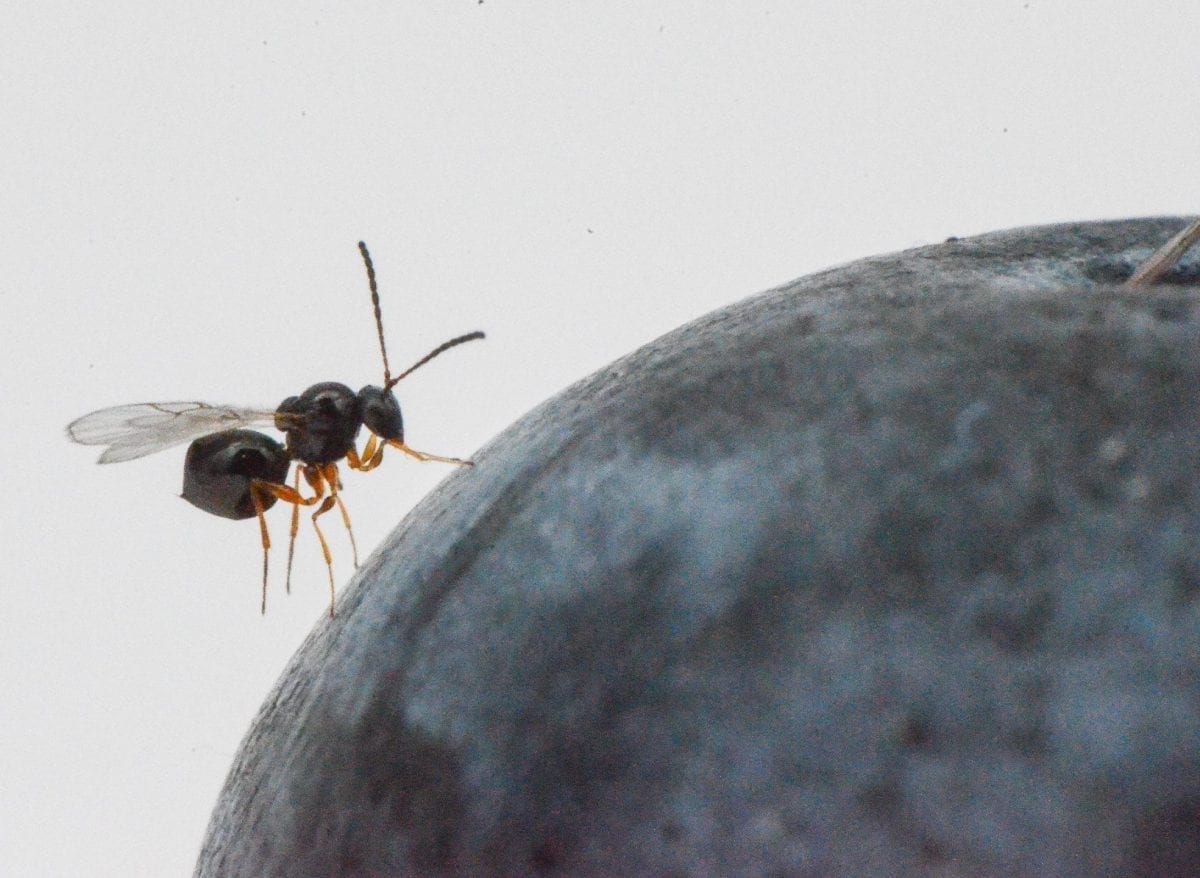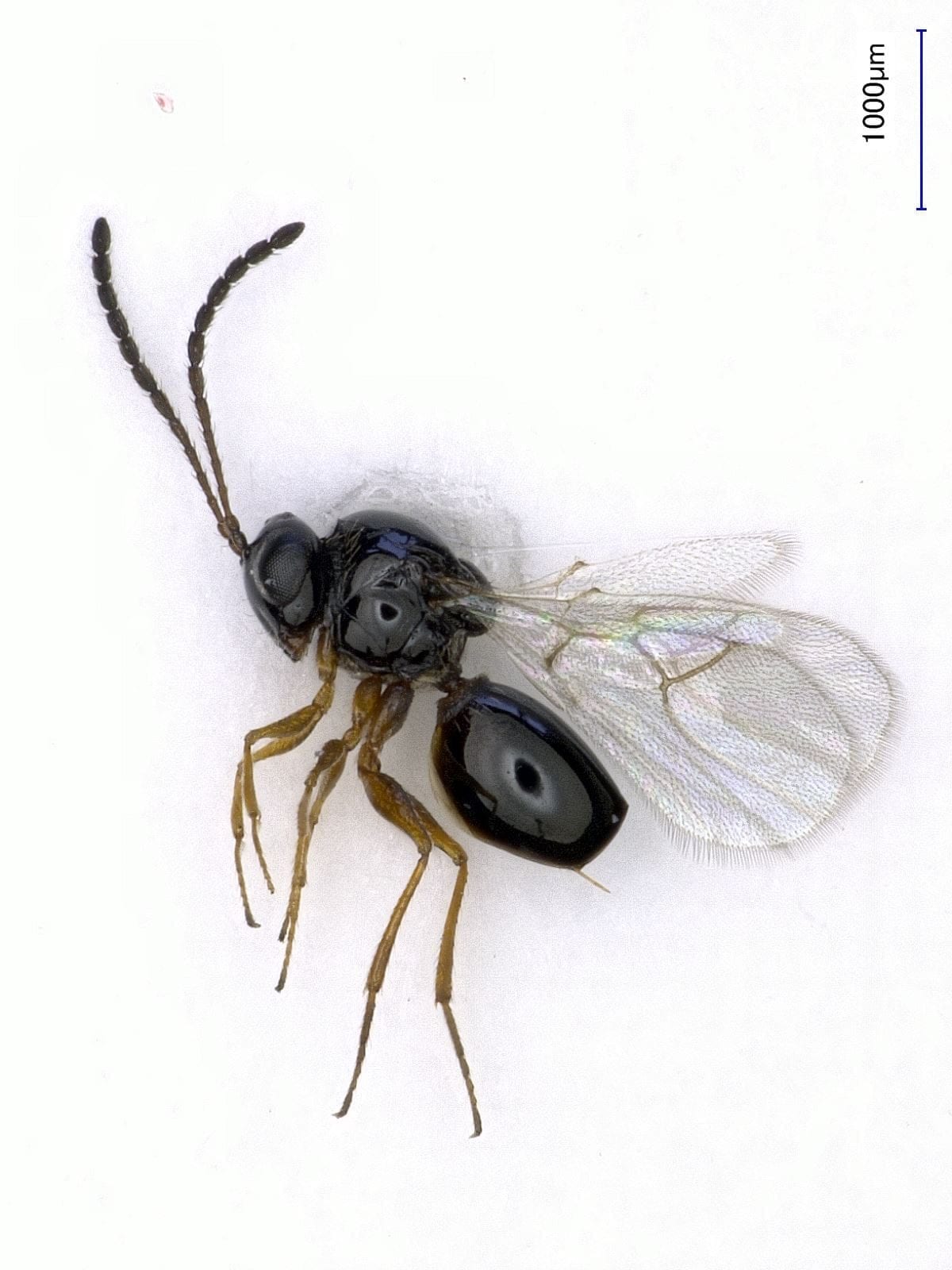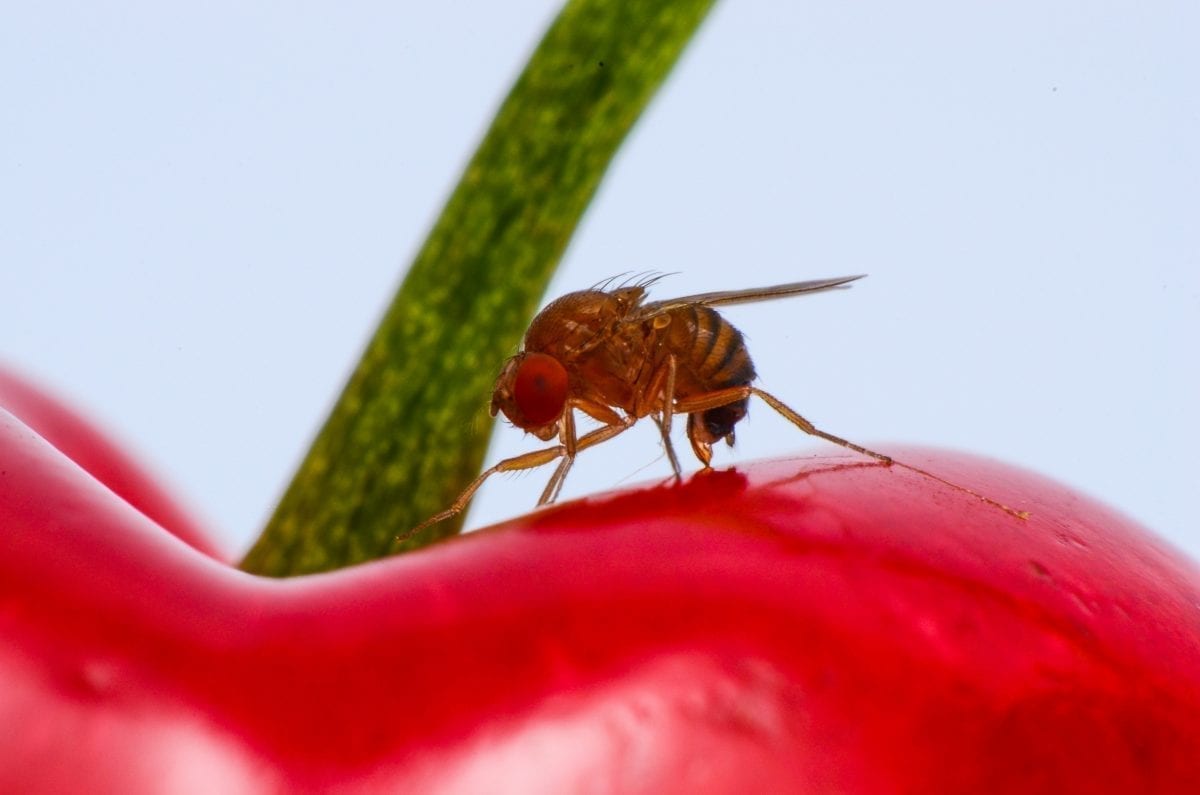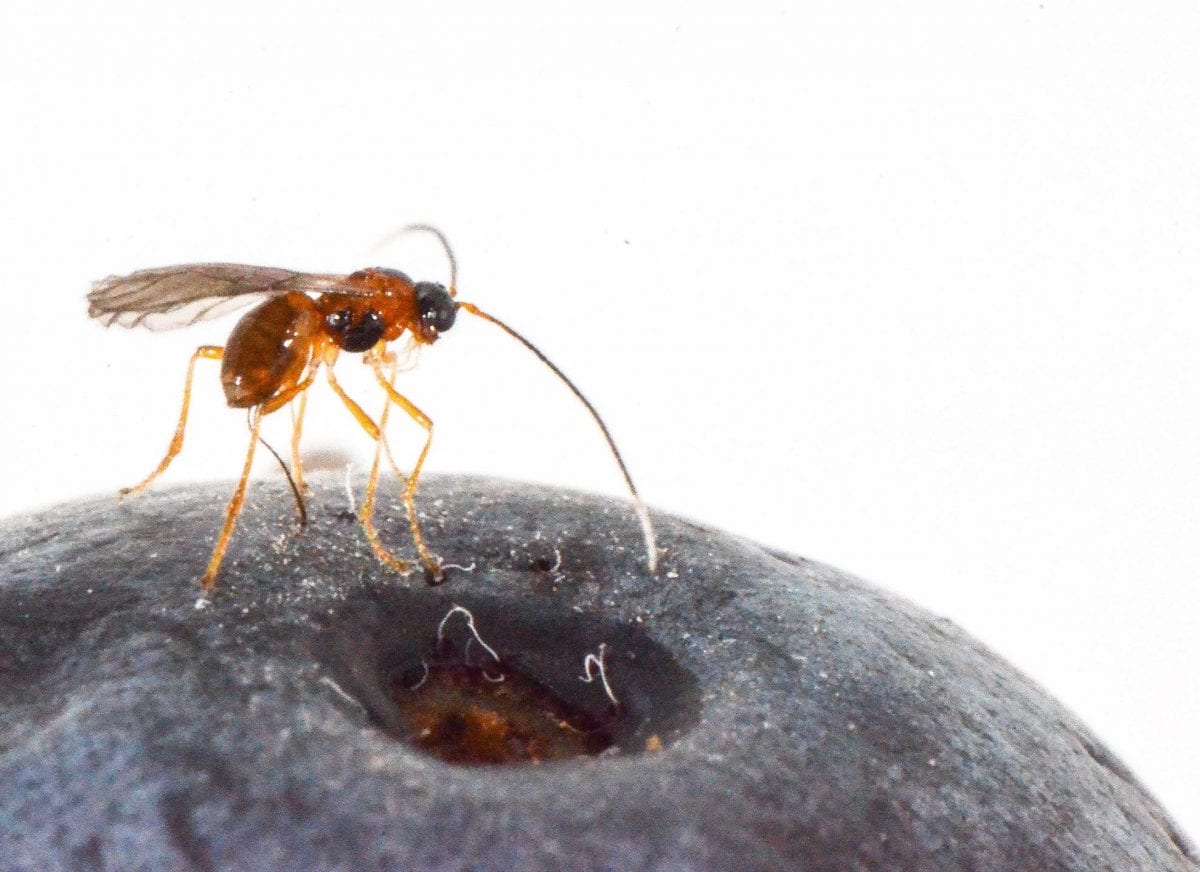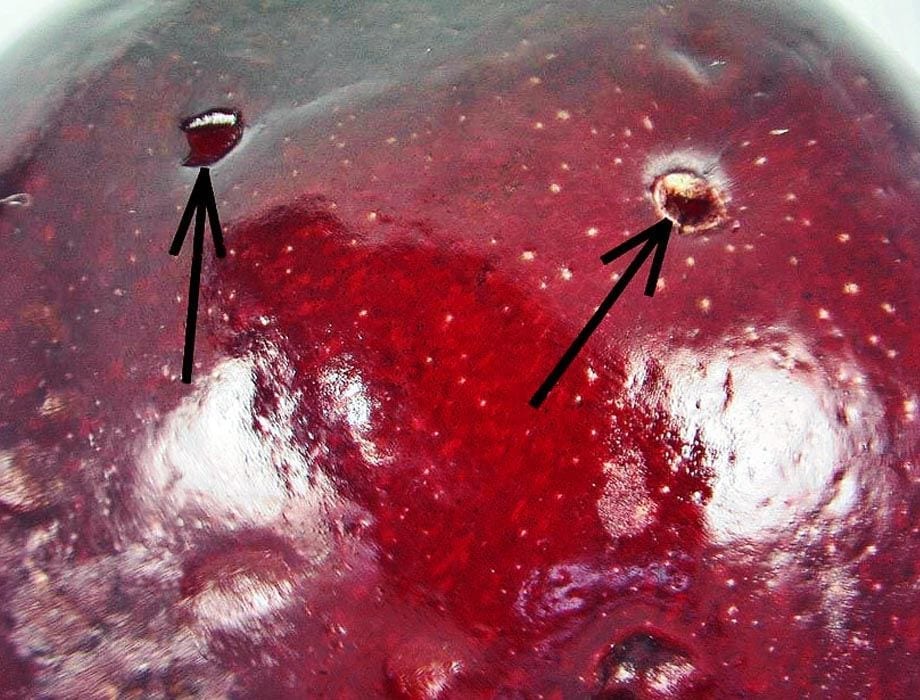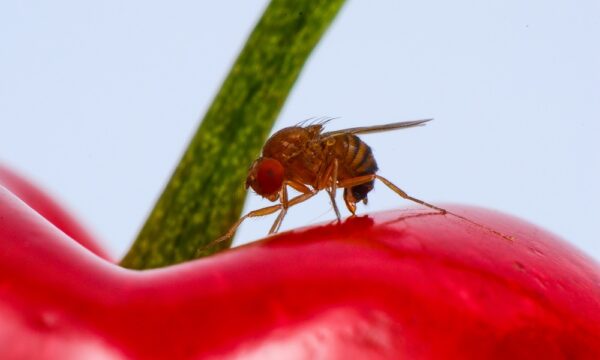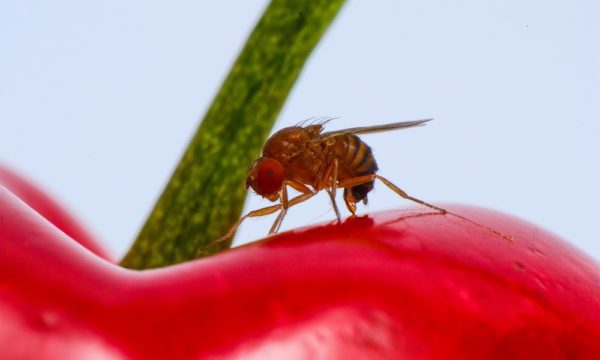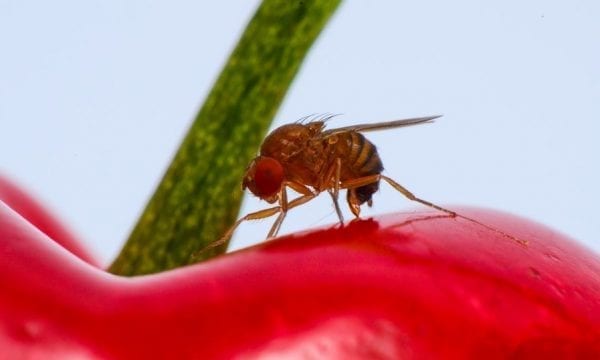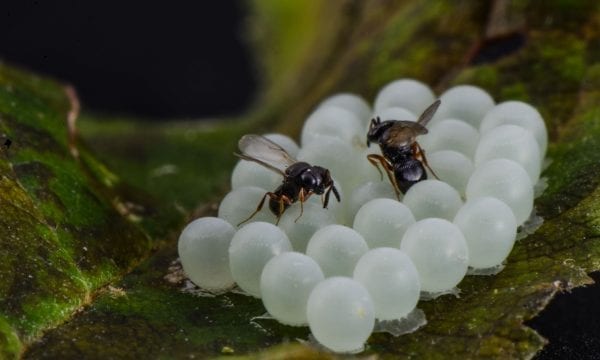Biological control of the Spotted wing Drosophila - Drosophila suzukii
Drosophila suzukii Matsumura (Diptera: Drosophilidae), a fruit fly from East Asia, is now a serious economic pest of soft fruits and berries across Europe, the Americas and North Africa. In this project we are focusing on finding natural enemies (parasitoids) of the pest to introduce into Europe. This involves surveys for parasitoids where it originated and experiments in quarantine in Switzerland to investigate their taxonomy, performance and specificity.
Switzerland
Project Overview
So, what’s the problem
In contrast to the majority of Drosophila species that feed on rotting fruits and other organic matter, D. suzukii is only able to lay eggs in fresh fruit. In fact, it can attack and develop in over 150 wild and cultivated fruits as well as in fruits of ornamental plants.
Since 2008, this Asian fruit fly has invaded several continents and has become a very serious pest and major problem for fruit growers around the world. Its larvae feed on developing fruit, causing rapid degradation and reducing crop yields. In the USA alone, losses are estimated to be over $500 million per year. In Switzerland, significant losses have already occurred in the high stem stone fruit industry.
The pest occurs throughout the majority of the year, in a wide variety of habitats, so we need to develop an area-wide management approach that will control the fly in both cultivated and wild habitats.
What is this project doing?
Current methods of controlling D. suzukii rely on chemical insecticides or expensive and labour-intensive cultural practices.
Our approach is to develop a classical biological control programme which would introduce Asian parasitoids that have co-evolved with the pest. This will provide a sustainable solution, as long as the parasitoids are sufficiently specific to the pest to avoid any non-target effects to local biodiversity.
To this end, we have been collecting possible candidates in China and Japan since 2015. These parasitoids (belonging to the genera Asobara, Leptopilina and Ganaspis) have been imported to our quarantine facilities at CABI in Switzerland. In the beginning, little was known about the collected species, so we have studied various aspects of their biology and ecology, including their life cycle, habitat preference (fresh fruits, artificial diet, decaying matter) and specificity compared to other fruit flies. We are also sorting out important taxonomic issues.
Results
Surveys in Asia and subsequent research in quarantine in Europe showed that the most abundant and specific parasitoid is an undescribed figitid wasp in the genus Ganaspis. This species lays eggs in young fly larvae and adults emerge from the host pupae.
The parasitoid G1 Ganaspis cf. brasiliensis is safe and effective. Host and habitat specificity of the parasitoid was tested against target and non-target species in fresh and decaying fruit, respectively. The parasitism of D. suzukii larvae feeding on fresh fruit averaged 13% and only 0.03% of parasitism of D. melanogaster on decaying fruit, confirming that G1 Ganaspis cf. brasiliensis is highly specific.
Experiments on the phenology and synchronization of the parasitoid with its target host and on the survival and overwintering have progressed.
In September 2023, the first experimental release of Ganaspis brasiliensis took place in Switzerland in the Canton of Jura and Ticino. Over 1000 adult Asian parasitic wasps were released after the Swiss Federal Office for the Environment examined and approved the application for release. Similar releases have also taken place in France, Italy and the USA. Monitoring will now take place to see if the wasp can become established in these areas.
To find out more information visit here.
Project Manager

Lukas Seehausen
Research Scientist, Risk Analysis & Invasion Ecology
Rue des Grillons 1 CH-2800 Delémont, Switzerland

